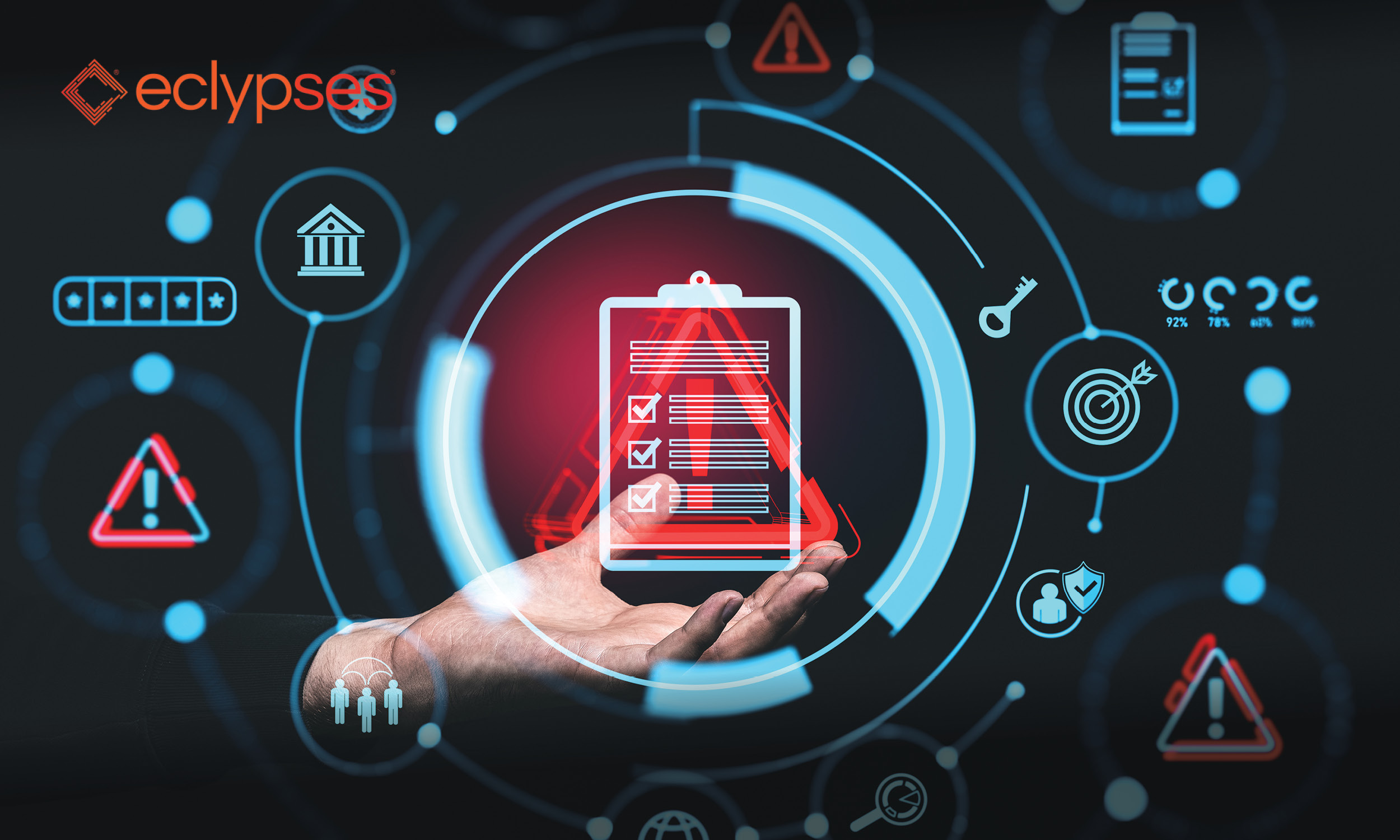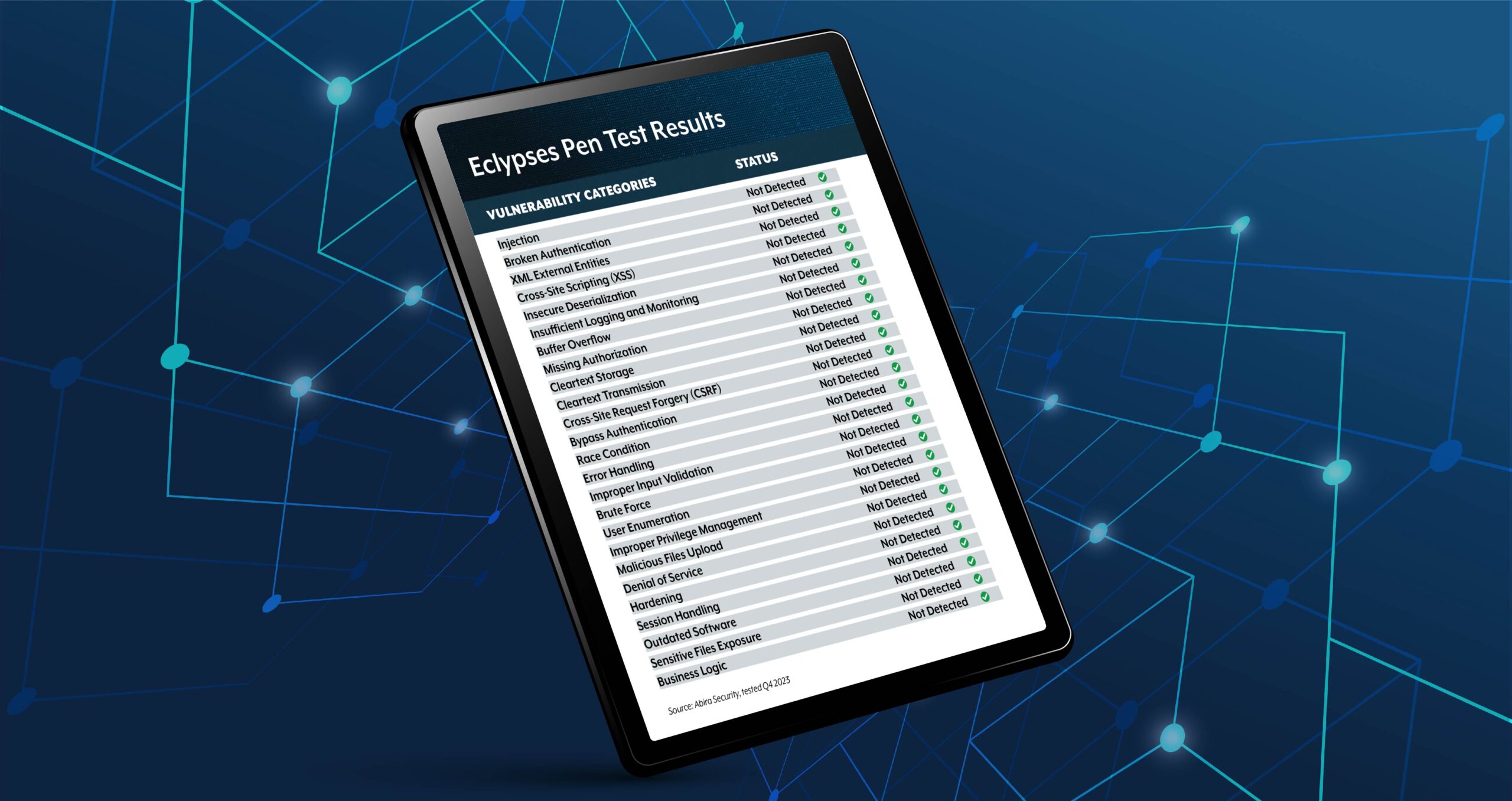
Cybersecurity is a continually evolving field. As new tech trends emerge, cybercriminals shift to take advantage of new opportunities. Security must likewise adapt to account for these changes. One particularly important shift to consider in 2023 is mobile app security.
Rapid digitization and a large-scale transition to hybrid work mean mobile devices play a more prominent role in life and business than ever. Consequently, mobile apps are becoming an increasingly tempting target for cybercriminals. Amid these shifts, app security must improve. Here are five trends that will shape these improvements in 2023.
1. Higher Security Standards
As cybercrime has grown, more consumers and businesses have learned how many current practices fall short. Realizations like how 77% of financial apps have at least one serious vulnerability will drive public opinion toward stronger security. As that happens, apps in 2023 must meet higher security standards to satisfy expectations.
Businesses will likely require more thorough proof of security before partnering with or purchasing apps for their operations. Similarly, consumers will be quicker to abandon apps that experience breaches or have large, publicized vulnerabilities. These rising demands should drive developers to focus on security over shorter release deadlines and extensive features.
These security standards may also become a matter of law. Data protection regulations are already rising, so developers may face high fines and other legal ramifications for failing to embrace more secure practices and technologies.
Eclypses MTE technology is a next-generation security technology that not only protects data from attacks happening now but also protects it from attacks of the future. By using this technology, it isolates data security to remove reliance on things the app does not control, protecting data from zero-days, malware, and man-in-the-middle attacks.
2. Proactive Security
The push for higher security will also lead more app developers to include cybersecurity throughout the development process, not just as an add-on. If developers want to defend against rising mobile threats, they must ensure security from the beginning. That means adopting DevSecOps principles, which change tools, cultures, and processes to make security a shared, central responsibility.
Reactive approaches to security are quickly becoming outdated as cybercrime becomes more efficient and data costs rise. Devs must use automated vulnerability management tools to understand their risk landscape and make needed changes before criminals can act on them. Penetration testing should also become a regular part of development, not a final step applied to the end product.
At Eclypses, our proactive MTE secures data with anticipation of attacks happening. This technology counts on:
- The devices of app users being vulnerable and compromised
- Zero-days being found in the operating system (OS) and applications
- App users not being properly trained in IT security
- Devices and applications not being updated
MTE eliminates replay and other man-in-the-middle (MITM) attacks and provides strong, proactive security.
3. Moving Away From Single Dependencies
Another trend that will shape mobile app security in 2023 is growing scrutiny around single dependencies. Because mobile apps are often relatively simple or involve faster development compared to other software, single points of failure are more common. As attacks on these apps become more common, devs must move away from these to minimize potential damage.
Single dependencies can streamline development, but the risks are too high. Even single-sign-on features, while more secure than conventional login methods, can fall victim to bugs, letting attackers easily brute-force their way in. Apps need multiple layers of code and security to prevent one vulnerability from jeopardizing the entire service.
Preventing these dependencies means regular tests and longer development timelines. While some businesses may not like that prospect, these steps will minimize damages in a breach, saving long-term costs.
Our MTE technology is a stable compiled library that has absolutely no dependencies, which means it will continue to work flawlessly regardless of changes around it. This technology also keeps data secured in the event that other dependencies of the application become vulnerable.
4. OTA Update Security
Mobile apps today already engage in regular security updates, but these will also fall under tighter scrutiny in 2023. After events like the SolarWinds hack, it’s become clear that over-the-air (OTA) updates need better ways of verifying their integrity. Otherwise, attackers can use them to deliver malicious code to thousands of devices.
Securing OTA updates begins with encrypting and authenticating them. Using the latest encryption standards will prevent man-in-the-middle attacks, and verification tools like cryptography will ensure updates are coming from trusted sources before installing them.
Part of the responsibility for this trend rests on mobile device manufacturers. These companies should use cryptography, encryption, and similar technologies for all downloads in their app stores, refusing to host apps that can’t work with these standards.
These manufacturers can even take the securing of OTA updates into the future by using the MTE technology to split OTA updates into multiple pieces, each piece getting its own random encryption key. This makes it impossible for an OTA update to be stolen or tampered with and guarantees authenticity of each OTA update.
5. Security Beyond the App
App security in 2023 will also expand to look at more than just the application itself. Devs trying to meet the highest cybersecurity standards must recognize that vulnerabilities in the software supply chain or development process can jeopardize an app’s security before it launches.
Software supply chain vulnerabilities are rampant. More than three-quarters of the apps in a late 2022 study contained AWS access tokens, giving attackers access to private AWS servers. Often, trust in the software supply chain is too easily given and too infrequently reassessed; continuous monitoring for new threats, even in formerly reliable tools, should be an essential element of trust in app security. Developers must realize how common these risks are and verify the security of their tools before and while using them.
Mobile app security must ensure the protection of the entire development environment. That means using safer tools, looking for third-party vulnerabilities, holding partners to higher standards, and implementing restrictions that minimize potential supply chain risks.
MTE technology is more than mobile security and allows for consistent security of data across an entire enterprise. Data is secure and immutable no matter where it travels. MTE also ensures data stays secure no matter how bad the consumer’s cyber hygiene is, what network they use, or how compromised a device is. It allows data to be secured from external vulnerabilities that have always been thought of as non-addressable.
Mobile Security Is More Important Than Ever
Apps play a central role in everyday life and business. As that trend continues, securing these programs becomes more important.
These five trends will shape app development and security in 2023. As more developers join in these shifts, apps will become safer, protecting businesses and consumers alike despite the proliferating threats.
Written by: Zachary Amos, Contributor


